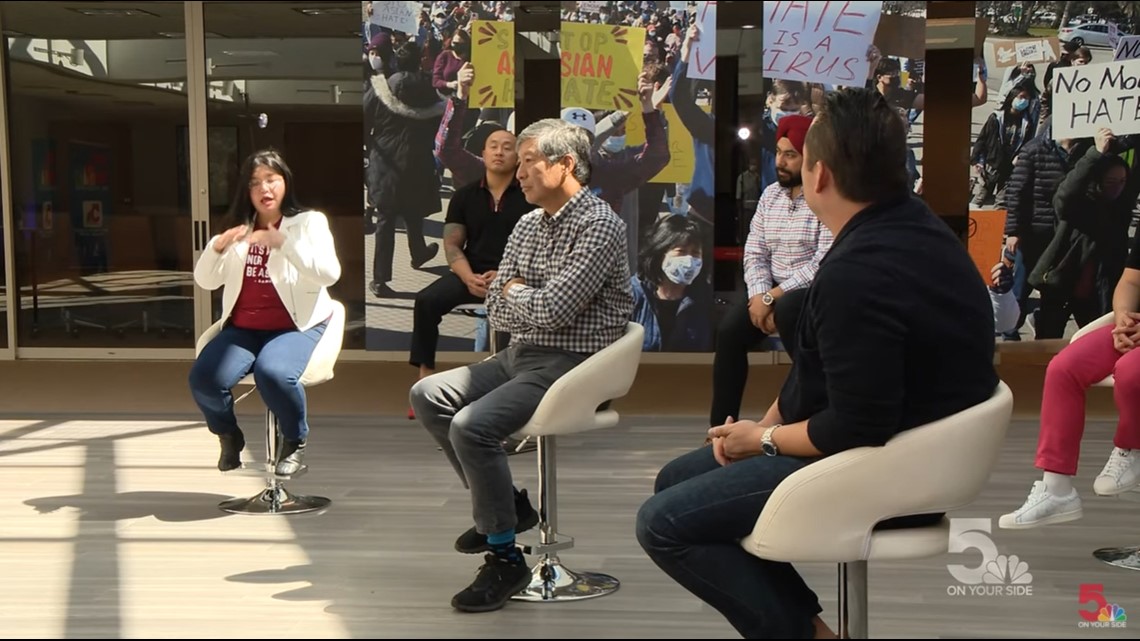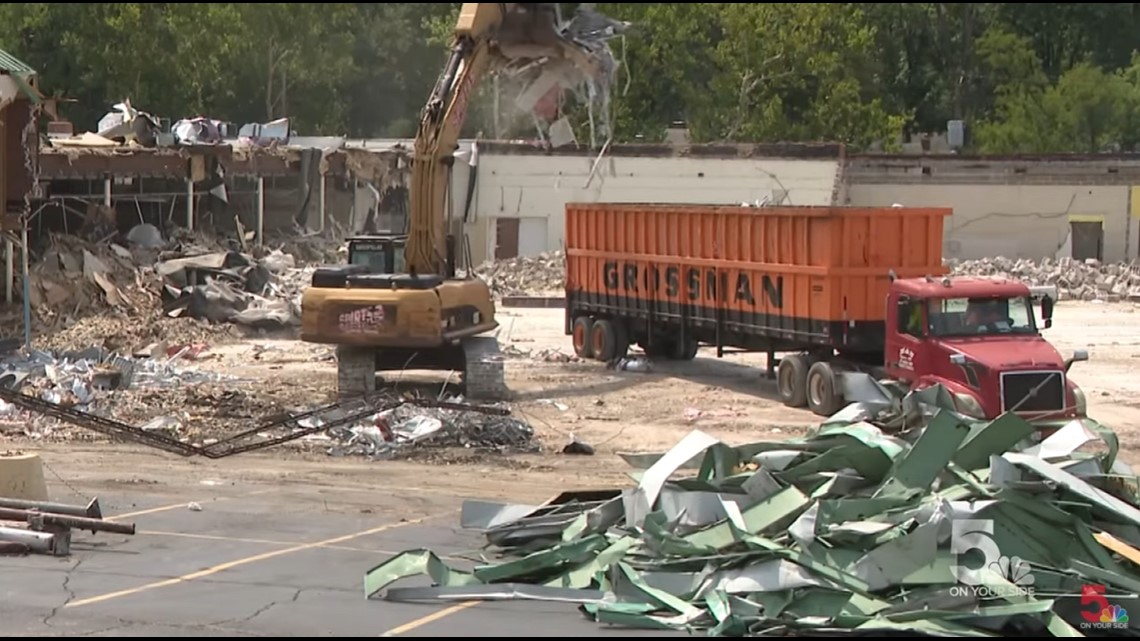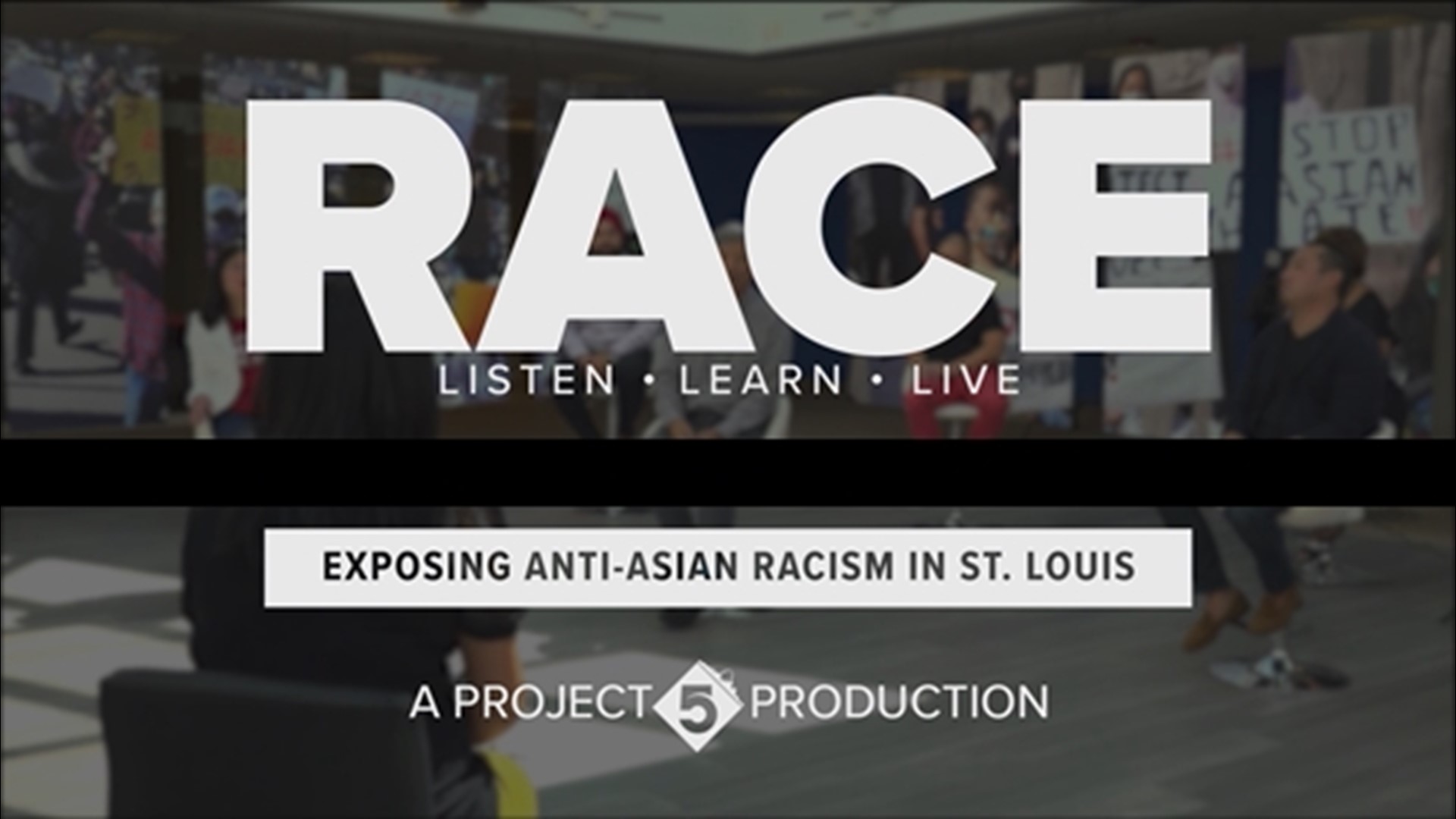ST. LOUIS — While some AANHPI businesses have stood the test of time and continue to serve generation after generation, others have not been so lucky.
Sometimes there's a drop in demand and customers. Other times, these businesses are torn down to make way for what some call progress. Several AANHPI businesses have been bulldozed along Olive Boulevard and Interstate 170 in University City. This is to make way for a new shopping development anchored by a Costco store.
Gone now are a Vietnamese eatery, an Asian karaoke bar and lounge, a Japanese sushi restaurant, an insurance office for an agent of Asian descent, and even the city's only Korean Catholic Church.
This brings out a lot of mixed feelings from panelists selected for 5 On Your Side's Asian American Race. Listen. Learn. Live.
Tao + Lee Associates architect Peter Tao questioned, "If I were Korean, and I'm a Korean architect, do I feel like I should be in a Korean town?"
"The real question is how did these places evolve? I might advocate that someone's done them wrong—the little businesses—and overlooking the importance of the little businesses who were there (and Asian for the most part) to allow a Costco to come," Tao added.


"There's nothing intrinsically bad about Costco," Missouri Asian American Youth Foundation Caroline Fan interjected. "What it is, is an erasure of Asian American history that has existed forever, right?"
Expressing her frustrations, Fan continued by listing off two areas that Chinese-Americans frequented but were shunted like Hop Alley, St. Louis' first and now demolished Chinatown.
From the 1870s to 1966, Hop Alley was filled with thriving businesses owned by Chinese St Louisians. Along 7th, 8th, Market, and Walnut Streets, you could find merchant stores, groceries, laundry services, restaurants, and tea shops.
In 1966, city officials condemned Hop Alley for so-called progress to make way for the first Busch Stadium and some parking lots. Many of those displaced Chinese Americans ended up moving out of the city and settled along Olive Boulevard in University City.


Sound familiar?
That's the area that's getting demolished for big development, leaving many AANHPI businesses and groups to look again for another place.
When asked if St. Louis has been supportive of Asian businesses, Tao details starting his business in the 90s when there were few Asian-owned professions when the Minority Business Enterprise (MBE) program started. He said four community members met with the board of public service at city hall to ponder why they were left out.
"'They said, 'Well, you're such a small percentage. And because you're such a small percentage, you're not a minority,'" Tao recalled.
The group's rebuttal: "Well, doesn't that make us more of a minority? It was a concept that couldn't be understood."
Tao emphasized that it is not forward-thinking at all.
Watch the full discussion below.

